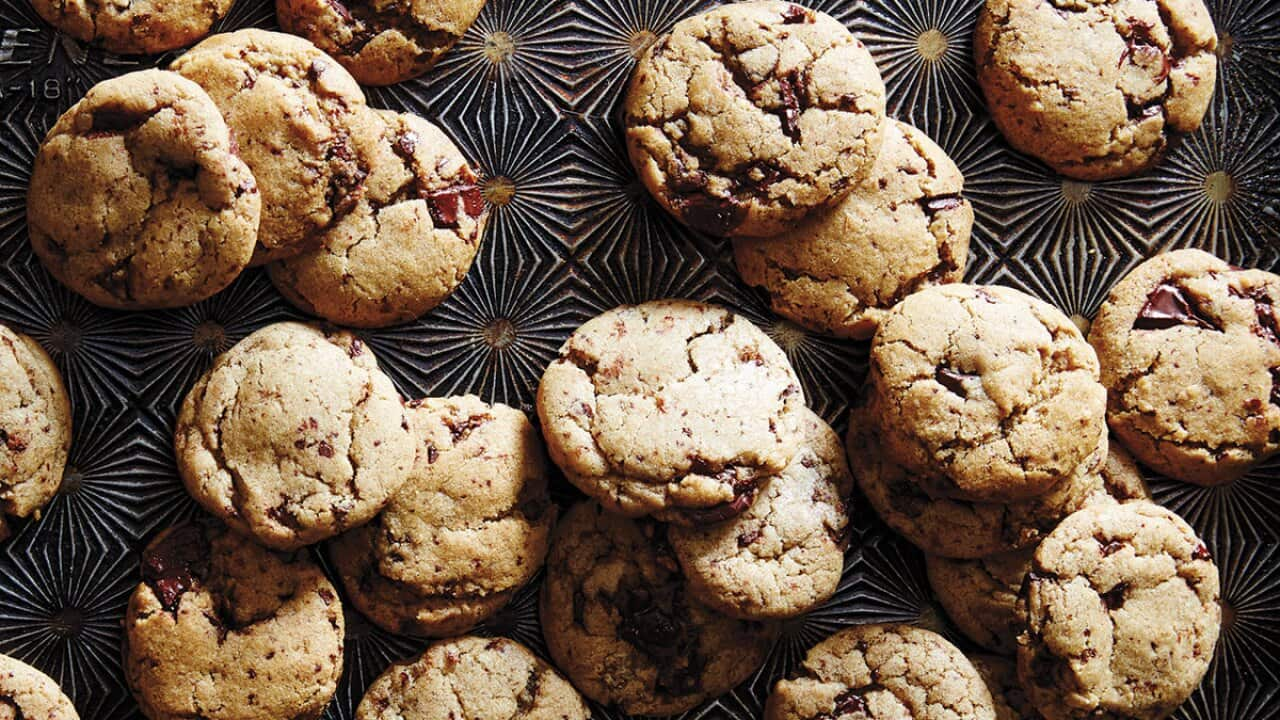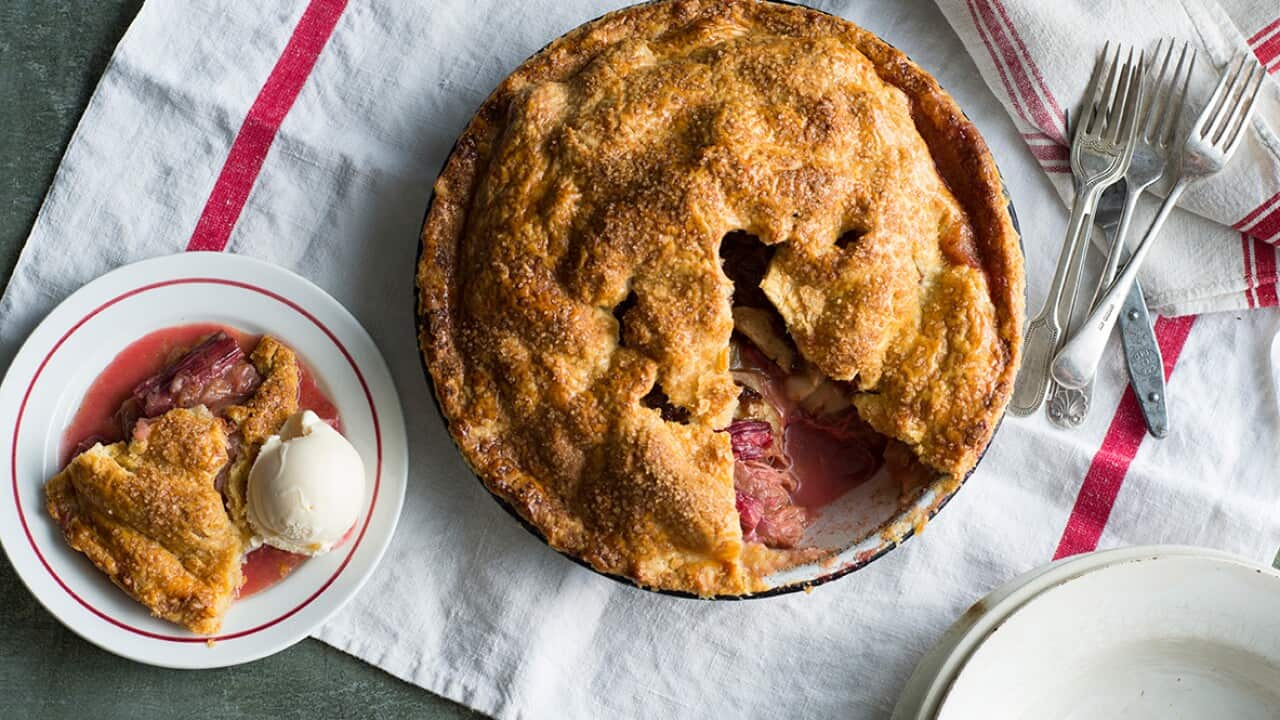Vanilla beans aren’t cheap (for good reason – it’s a labour-intensive two-year process to grow them!) so it makes sense to get all the use you can out of them, right?
And that’s why we love chef and author Justine Schofield’s tip for giving used beans a sweet, fragrant second life as vanilla powder.
The next time you make a recipe that says to scrape the seeds from a vanilla bean (such as Schofield's ), save the bean. Likewise, if you’re making custard or something else where the bean is cooked in liquid then removed, just wash it before proceeding.
“Don't throw away these used pods because there's still loads of flavour in them,” Schofield says. Instead, dry them and turn them into intense vanilla sugar.
“I put the oven on at a low temperature, around 40 to 50 degrees, and then put them on a baking tray and just let them cook for an hour until they become brittle and you can snap them. Then put them in a food processor, blend it so it breaks down and then blend with your sugar, so you've got a really concentrated to vanilla sugar flavour.
“If you don’t want to put them in the oven, you could just leave them in a jar, and they end up drying out over time.”
A third method is to skip the drying and pop the beans directly into a jar of sugar, although this gives a milder flavour.
“For more of an intense flavour, I dry them out and blend the hell out of them with the sugar!” Schofield says.
Use vanilla sugar in place of other white sugar in recipes to add extra vanilla oomph.
Schofield got a close-up appreciation for the production of these prized pods when she was filming Tropical Gourmet: New Caledonia.
New Caledonia produces some of the world’s best vanilla, prized by chefs for its high vanillin content.

New Caledonia's vanilla is prized for its high quality Source: Getty Images / Michael Runkel
Are beans best?
Ever wondered when to use a bean, and when to use paste, essence or extract?
“Vanilla bean paste is a great substitute, and you can find that from all your grocery stores now, although nothing compares to a vanilla bean. They're so prized and they should be. I don't use them willy-nilly. I use them when I'm making a vanilla ice-cream or vanilla custard, so you really taste the true essence of the vanilla. When I'm making a cake, something that’s going to be baked in the oven, I use vanilla extract.” Vanilla essence, she says, would be her last choice.
What’s the difference?
Vanilla beans come from orchid plants; most commercially produced vanilla is produced by hand pollination of the orchid flowers, a laborious and time-sensitive process, and reason why good vanilla beans cost so much – . After harvest, there’s a process of drying that can last six months or more.
Vanilla bean paste is a thick, intense paste, good for desserts and baking. Check the label, but usually, one teaspoon of paste can be used in place of one vanilla bean.
Real vanilla extract (and another product you might spot, concentrated extract) is made by soaking the pods in a solution of alcohol and water.

Vanilla extract is made from vanilla beans Source: Bill Holsinger-Robinson via Flickr
If you’d like to read more about which type of vanilla works best in different recipes, Queen – the brand you’ll see on much of the vanilla on supermarket shelves here in Australia – has a nifty guide .
Bean storage
Store vanilla beans in an airtight jar or container, so they don’t dry out.
“If they're too dry … you won't be able to extract the gorgeous seeds. That's where all the flavour is,” Schofield explains.
If they have dried out, you can use them to make chai or other recipes where the bean is added to a liquid and the exact amount of vanilla contributed to the flavour isn’t essential – or jump straight to turning them into a very intense vanilla sugar!
Starring in custard, all the ways
is a classic, but if there’s one creation where vanilla truly shines, it’s sweet, smooth, lush, creamy custard.
There’s the custard itself - how about - and twists (, say, or).

Steamed banana cake with coconut custard Source: Chris Chen

Galaktoboureko Source: Alan Benson & Ben Dearnley
Not just sweet, but savoury too
We mostly think of vanilla for sweet dishes: cakes and other bakes, custards, ice-creams, icings, and the like. But vanilla has a savoury side too – try it with fish and other seafood, such as , or this Middle Eastern .

Justine Schofield's prawns en papillote Source: Tropical Gourmet: New Caledonia









